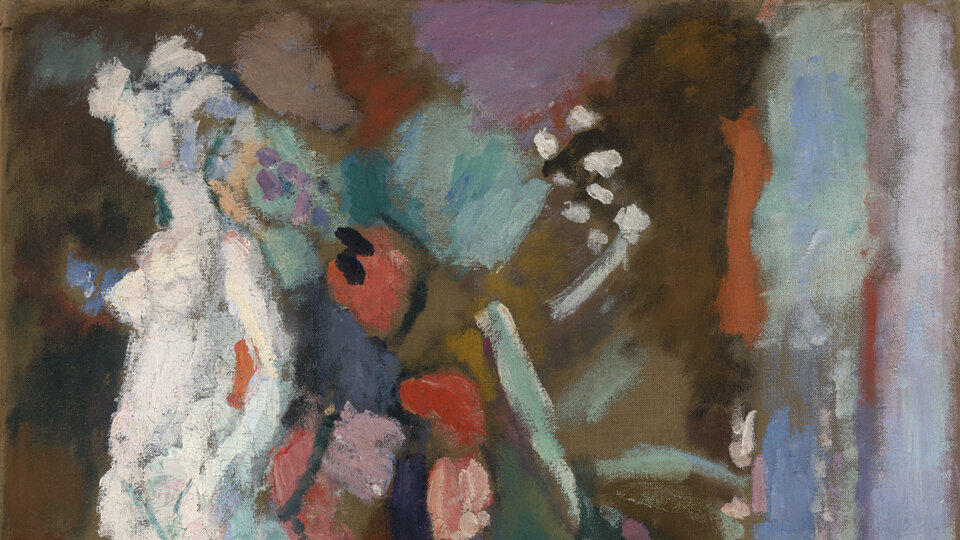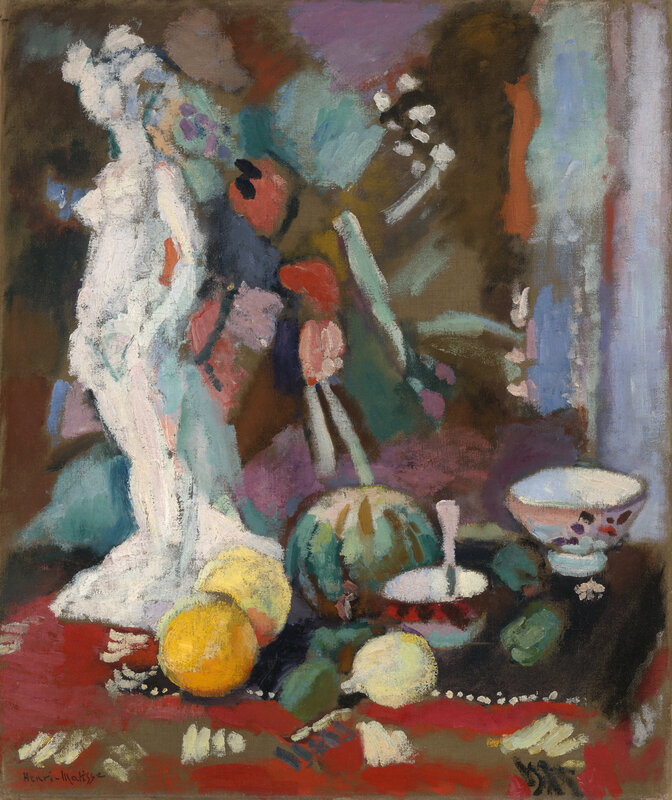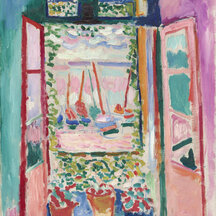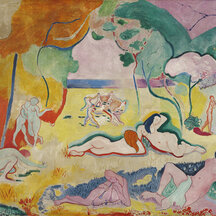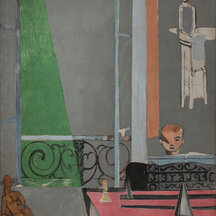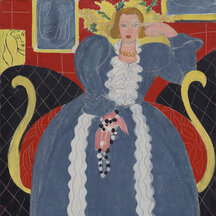Dates: April 2, 4, 9, and 11, 2024
Organized in collaboration with John Walsh, B.A. 1961, Director Emeritus of the J. Paul Getty Museum, Los Angeles, this lecture series approaches Henri Matisse through a close examination of four works, each reachable on a day trip from New Haven, and each revealing the achievement of a phase of the artist’s long career.
Matisse began in Paris as a traditional realist, before discovering the colors of the South of France and becoming one of the radical innovators of early modernism—a so-called fauve or “wild beast.” In the 1910s, his experiments with figures and with pictorial space rivaled the discoveries of his contemporary Pablo Picasso.
In search of emotional and spiritual satisfaction through painting, Matisse settled on the Riviera, where, for most of a decade, he produced images of women—whether clothed or nude—in luminous, well-furnished rooms. From the beginning, his drawings and sculptures were an important aspect of his work. With a lifelong interest in large decorative projects, he received commissions for murals later in life and invented new methods, such as paper cutouts, for designing such large-scale works. His career ended with spectacular prints in color and an entire cycle of stained-glass windows for a Catholic chapel near Nice.
Further reading and resources.
Generously sponsored by the Martin A. Ryerson Lectureship Fund and the John Walsh Lecture and Education Fund.
Browse works by Matisse in our collection.
